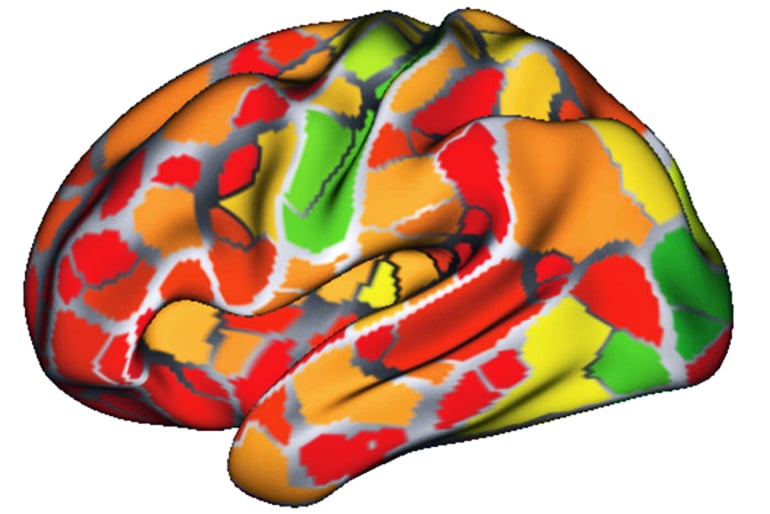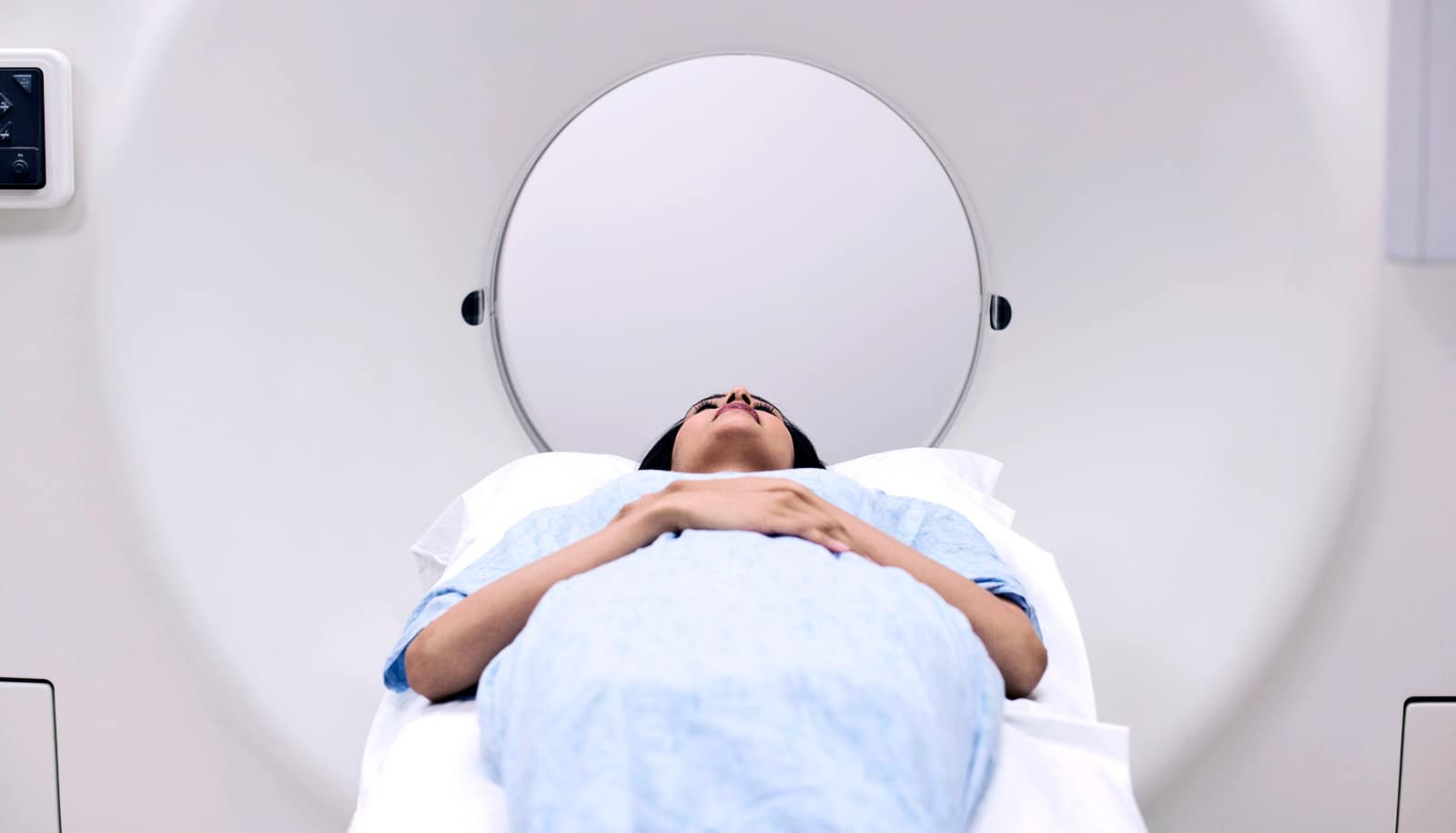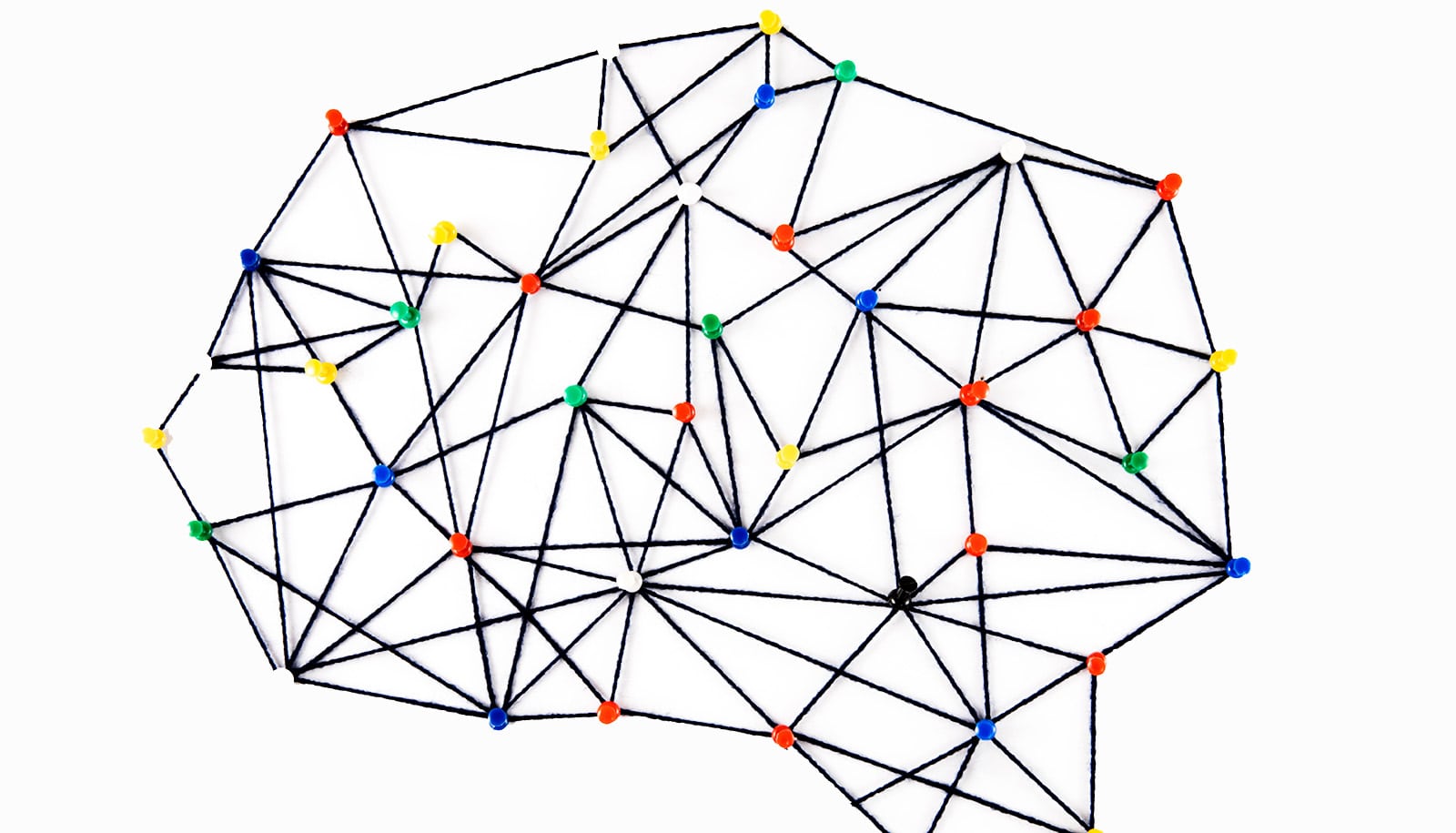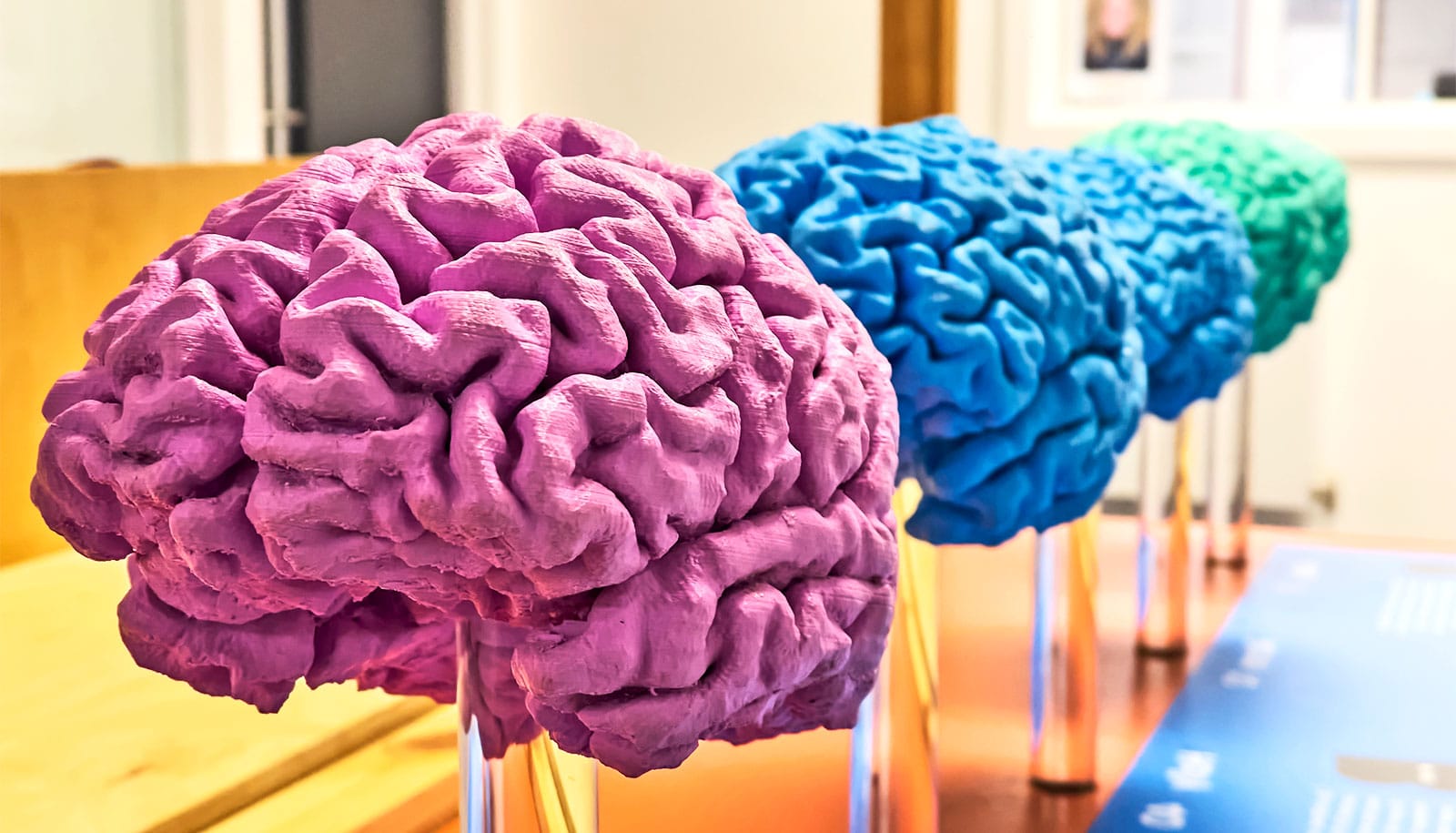Functional connectivity MRI (fcMRI)—a kind of brain scan that shows how brain regions interact—can reliably detect fundamental differences in the wiring of individual brains, research shows.
The technique could potentially help scientists distinguish healthy people from people with brain diseases or disorders, and provide insight into variations in cognitive ability and personality traits.
Currently, there are no laboratory tests to diagnose migraines, depression, bipolar disorder, and many other ailments of the brain. Doctors typically gauge such illnesses based on self-reported symptoms and behavior.

“This is a step toward realizing the clinical promise of functional connectivity MRI,” says senior author Steven Petersen, professor of cognitive neuroscience in neurology and a professor of neurosurgery, of biomedical engineering, of psychological and brain sciences, and of radiology at Washington University in St. Louis.
“Before we can develop diagnostic tests based on fcMRI, we need to know what it is actually measuring. We show here that it’s not measuring what you’re thinking, but how your brain is organized. That opens the door to an entire new field of clinical testing.”
Petersen, postdoctoral researcher and first author Caterina Gratton, and colleagues analyzed a set of data from the Midnight Scan Club, a group of Washington University scientists who took turns undergoing myriad scans in an MRI machine late at night, when the demand for such machines and, consequently, the usage fees tend to be low.
The researchers analyzed data from more than 10 hours of fcMRI scans on each of nine people, collected in 10 separate one-hour sessions for each person. During the scans, each person performed tasks related to vision, memory, reading, or motor skills, or rested quietly.
“…the individual differences were really easy to pick up, even in a population that is really very similar.”
Functional MRI scans generate a dynamic map of the outer surface of the brain, showing changing hot spots of activity over time. To create a functional connectivity map, Gratton divided the brain’s surface into 333 regions and identified areas that became active and inactive in unison. She then constructed brain network maps for each individual, showing patterns of correlation between parts of the brain.
The sheer quantity of data available on each person allowed her to analyze how much an individual’s brain networks changed from day to day and with different mental tasks.
The answer? Not much.
“Brain networks captured by fcMRI are really about the individual,” Gratton says. “Whether someone’s watching a movie or thinking about her breakfast or moving her hands makes only a small difference. You can still identify that individual by her brain networks with a glance.”
The consistency of the fcMRI scans makes them a promising diagnostic tool. Although researchers noted the technique’s potential to identify brain disorders and diseases years ago, fcMRI-based diagnostic tests have yet to make their way into doctors’ offices. Confusion over whether the scans reflect fundamental, stable features of the brain or if they change with every passing thought has stymied progress.
Diamonds and quantum mechanics ‘light up’ MRI scans
Further, the researchers found that the technique was powerful enough to distinguish people who were extraordinarily alike. All of the scanned brains belonged to young, healthy scientists and doctors.
“We need more data before we can know what is normal variation in the population at large,” Gratton says. “But the individual differences were really easy to pick up, even in a population that is really very similar. It’s exciting to think that these individual differences may be related to personality, cognitive ability, or psychiatric or neurological disease. Thanks to this work, we know we have a reliable tool to study these possibilities.”
The researchers report their findings in the journal Neuron.
The National Institutes of Health; the Jacobs Foundation; the Child Neurology Foundation; the McDonnell Center for Systems Neuroscience; the Mallinckrodt Institute of Radiology; the Hope Center for Neurological Disorders; the American Psychological Association; and Dart Neuroscience, LLC funded the research.



